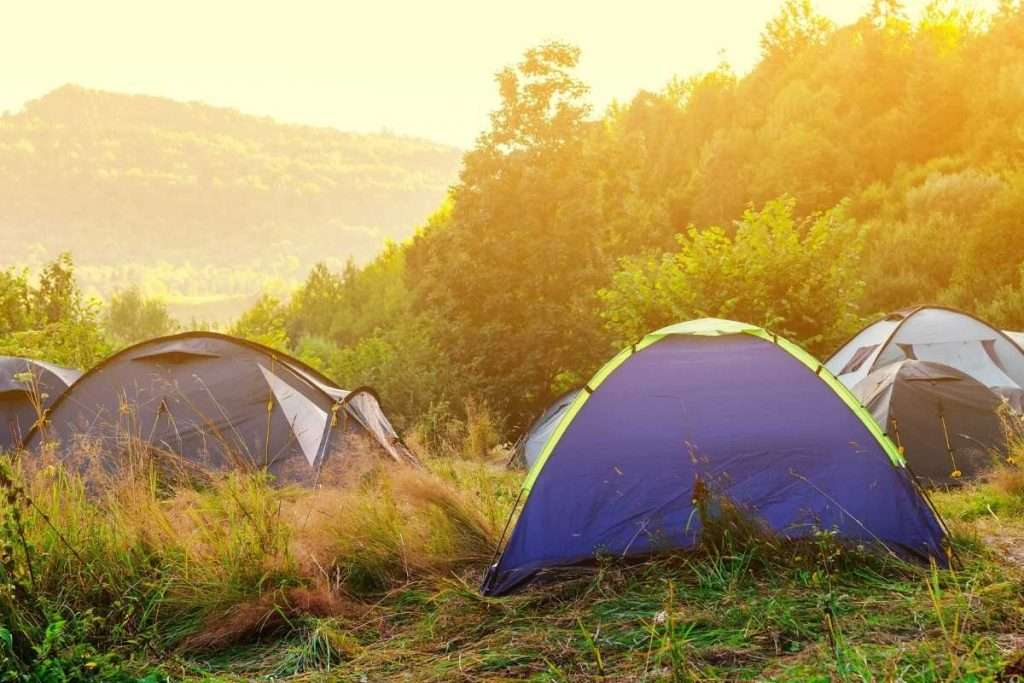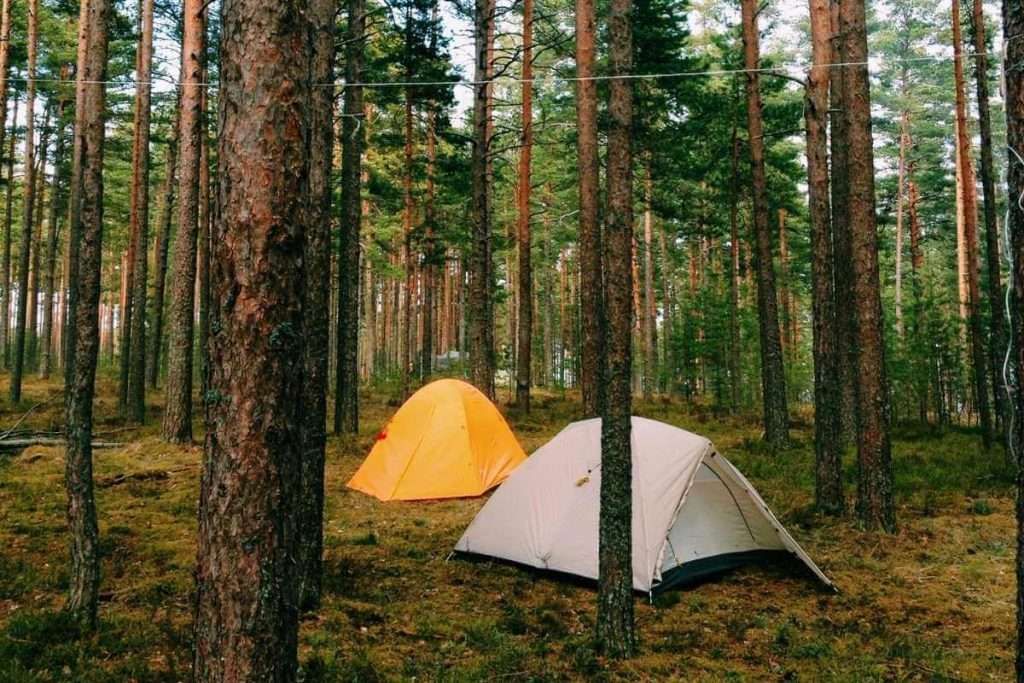



Decoding the Distinctions: 3-Season vs. 4-Season Tents
Embarking on a camping journey often leads to the critical decision of selecting the right tent and sleep system. However, the choice between a three-season and a four-season tent can be perplexing as you delve into the intricacies of each.
At a fundamental level, the distinction is clear: a three-season tent is suitable for all seasons except winter, while a four-season tent is designed for year-round use, including winter. Yet, the dissimilarities extend beyond this basic categorization. To provide clarity on the key disparities, we've compiled a concise comparison guide for three-season versus four-season tents.
For more detailed information on each tent type, refer to our separate guides on three-season tents and four-season tents.
Three-Season Tents: Designed for temperate environments. Provides protection against heavy rain, high winds, and biting insects during bug season. Emphasizes breathability to keep cool in hot and humid conditions. Four-Season Tents: Suited for harsher environments, including above tree lines and arctic locations, as well as higher elevations in mountains. Offers protection against winter-specific elements like heavy snowfall and high winds (gale-force). Maximizes shelter coverage and insulation for warmth. Provides options for increased ventilation in warmer weather.
Tent Shapes:
Three-Season Tents:
Tent Fabrics:
Three-Season Tents:
Tent Poles:
Three-Season Tents:
Ventilation:
Three-Season Tents:
Vestibules:
Three-Season Tents:
Ease of Use:
Three-Season Tents:
| 3-season tents | 4-season tents | |
| Usage | Summer, fall, spring | Summer, fall, spring, winter |
| Protection | Rain, high winds, bugs | Rain, very high winds, bugs, snow load |
| Breathability | More breathable | Slightly less breathable |
| Insulation | Less insulation | More insulation |
| Weight/Bulk | Lighter | Heavier |
| Setup | Easier | More difficult |
| Price | More affordable | More expensive |
Cost: Three-season tents: Generally more affordable. Four-Season Tents: Typically more expensive due to increased materials and features.
In choosing between a three-season and a four-season tent, consider your camping preferences and the environmental conditions you are likely to encounter. While three-season tents excel in milder conditions, four-season tents provide robust protection in harsh environments. Happy camping!

